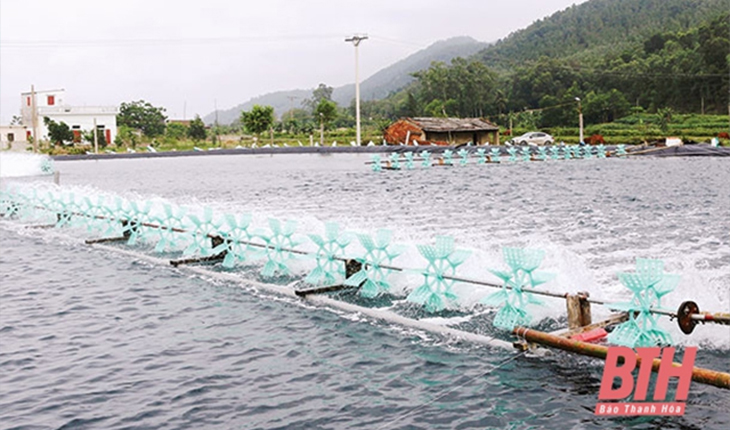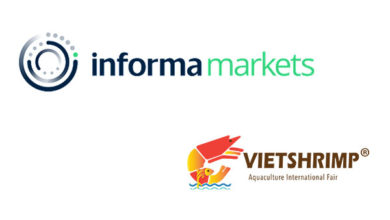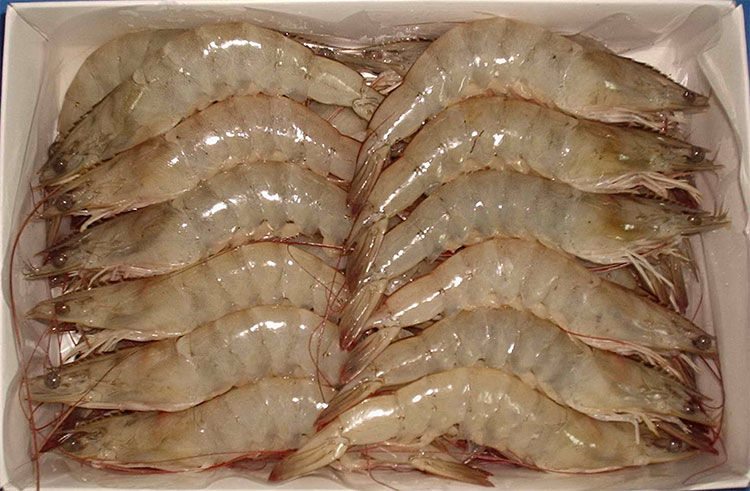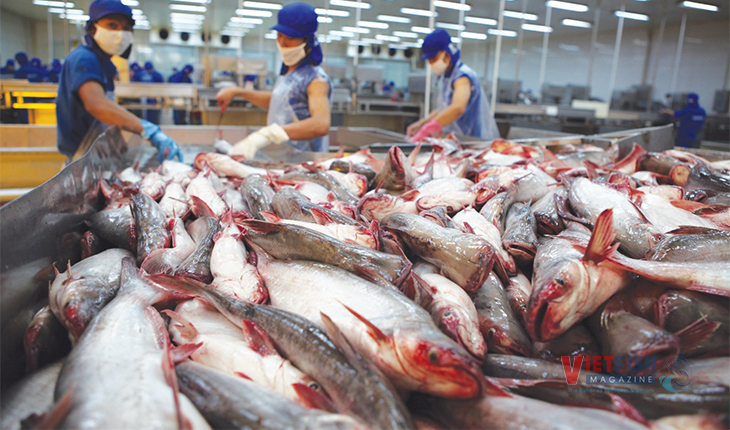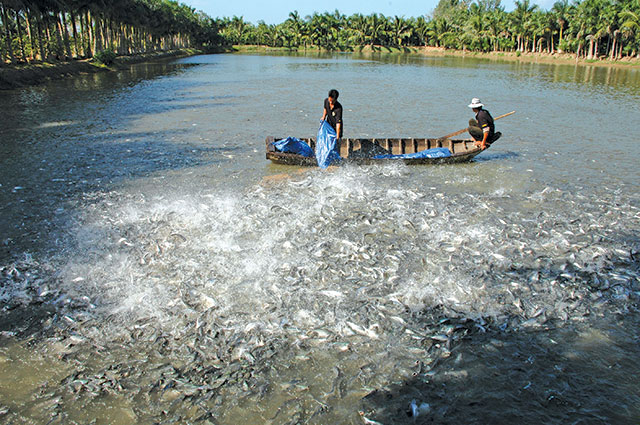30 years of tilapia breeding programs – An essential contribution for a healthy and profitable industry
Tilapia aquaculture has grown tremendously in the past 30 years from barely 400,000 tonnes in the early 1990s to around 7 million tonnes in 2021. Nile tilapia is today the most widely farmed single fish species in finfish aquaculture, playing an important role in food security and generating income and employment in many parts of rural Asia, Latin America and Africa.
Among the most important input factors
Behind this impressive development, there is an increasing adoption of tilapia farming due to the expansion of farming areas and new methods used. Of all farm input technologies, breeding and genetics are among the most important contributors to improvements in productivity. Several of today´s tilapia breeds far exceed the performance of their original wild ancestors. Breeding technology has resulted in accumulative gains that contribute to a healthy and profitable industry.
We, GenoMar Genetics Group, have been at the forefront of this development by consistently investing, innovating and managing tilapia breeding programs and disseminating genetic progress to farmers. Under the brands GenoMar, Aquabel and AquaAmerica, we currently distribute more than 500 million fish to customers in Asia and Latin America annually and this number is growing rapidly every year.
In 2021, we are celebrating the 30th anniversary of work with Nile tilapia breeding and we have prepared a couple of articles to divulgate this important achievement.
In this first article we focus on the breeding programs and the evolution and future of our selection goals. A second article will concentrate on the effect of traditional and novel selection methods.

Breeding programs for different farming conditions
A breeding program is a structured set of activities aimed at generating genetic improvement in a specific plant or animal population.
GenoMar manages three independent breeding programs using the GenoMar (1991), Aquabel (2006) and AquaAmerica (2010) selection lines as the reference. By working with different selection lines, that differ in origin, geographical specialisation, and selection traits, breeding companies are able to maintain genetic diversity and have the flexibility to develop different products that suit the needs of each market.
These selection lines are kept in specially designed and highly biosecure facilities called breeding nuclei to secure high-health status. Selection takes place in a relatively small group of fish (pedigree) using multiple sources of information from nucleus, laboratory and commercial environments (test groups). Generation interval is minimized and currently down to 6-9 months enabling more than one generation per year. The genetic progress obtained in the breeding nucleus is disseminated to the value chain via a pyramidal scheme with “multiplying generations” so the favorable genes of a few high merit individuals can be “trickled down” into billions of production fish at the farms (Figure 1).

Figure 1. Number of commercial tilapia fish that can be obtained from a single genetically selected female of the breeding nucleus after a series of multiplication steps towards sale to the farmers.
Sustainable breeding goals
Tilapia aquaculture fulfils a primary function that is to produce animal protein for human consumption. Thus, the primary goal of a tilapia genetic improvement program must produce fish that has the following properties:
- Fast growth to bring the product to market as quickly as possible, to improve fixed asset utilisation and reduce risk
- Attractive body shape, maximise the proportion (fillet yield) and quality of edible meat
- High survival and welfare in different production systems (adaptive fitness) to limit losses, reduce use of therapeutants and maximise biomass and biomass value at harvest
- Lowest possible feed conversion ratio (FCR) and feed cost which accounts for 50-80% of the production cost depending on the system
From narrow to broad selection goals and from a single product to the differentiated product portfolio
GenoMar has been a pioneer to include and measure various traits of commercial interest for selection in tilapia breeding program including fillet yield and specific disease resistance (Figure 2). Our global presence gives us a unique position for wide-ranging Genetics x Environment testing for growth and survival.

Figure 2. Adoption of different breeding goals and selection methods in the GenoMar breeding program. It also shows the actual and tentative dates of the inclusion of various traits in the routine genetic evaluation.
First 16 generations: Selection for growth
After the successful establishment and acquisition of the GIFT breeding program, the selection goal remained focus on improved growth rates. Hence, during the first 16 generations, fast growth was the number one trait and the only selection criterion. The combination of high genetic variation, high heritability and the fact that growth is easy to measure on a large number of selection candidates, generated a solid fundament for rapid genetic progress and transformed GenoMar into the industry reference for fast-growing tilapia strains.
The way we measure growth has however changed over time to capture the complexity in production systems and market requirements. Thus, today our growth is a multifaceted index where information from cage and pond is collected at various locations around the world. Various weight points to select fish for various market requirements, either table or large fish market are also considered.
Selection for several traits from generation 17
New traits like fillet yield, general robustness and specific disease resistance were successively introduced from generation 17 to respond to the changing needs in the industry. The primary objective was to balance selection towards traits that add robustness and obtain fish with greater levels of resistance to stressors and adaptation to changes. The growth trait is still important and relevant, which has been weighted around 40-50% in the selection index and delivering average gains on 7.1 percentage points per generation (Figure 3).

Figure 3. The relative increase (percentage points) in body weight in the recent 12 generations of GenoMar tilapia breeding populations. The 17th generation is used as the baseline for calculating the increased body weight per succeeding generation. Growth has been weighted around 40-50% and other traits are weighted for the remaining 50-60% when selecting for the next generations.
Why do we need broad selection goals?
In the breeding nucleus, the best performing individuals are selected as the parents of the next generation, thereby producing the genetic gain in the population. To identify the best fish, the breeding candidates are ranked from best to worst and the best fitted individuals are then selected. The fish, which is best for one trait, may not be the best for another trait, depending on the genes responsible for the trait (called “genetic correlation” of the traits). Hence, if we are selecting for one trait there might not be any improvement in another trait (if the genetic correlation is 0), or we might even be selecting against another trait (if the genetic correlation is negative).
In tilapia, the genetic correlation of growth and fillet yield has been reported around zero or even slightly negative. Therefore, selecting for growth only may not increase the fillet yield or may even slightly decrease the fillet yield of the selected population. Similarly, the genetic correlation for growth and robustness and different specific diseases are reported from negative values to zero. Hence, broad selection goals with all these traits are required to improve the performance of the fish for production and functional traits.
Fillet yield
An increasing trend in various tilapia markets is the industrial processing of tilapia carcasses to obtain tilapia fillets and loins. In such markets, fillet yield is a critical trait with large impacts on the profitability of processors and integrated companies. We started selection for fillet yield (ratio of fillet weight over whole-body weight) in generation 17 and since then has been a permanent feature of our breeding program (Figure 4). Unfortunately, genetic progress in fillet yield is slow because heritability is low and because fillet yield information can only be obtained on relatives.

Figure 4. The relative increase (percentage points) in fillet yield in the recent 11 generations of GenoMar tilapia breeding populations. The 17th generation (the generation we started selecting for fillet yield) is used as the baseline for calculating the increased fillet yield per succeeding generation. Fillet yield has been weighted around 20-50% and other traits are weighted for the remaining 50-80% when selecting for the next generations.
Developing higher robustness and tolerance to diseases
As a consequence of increased intensification, water quality degradation and climate-related events, mortality is becoming the biggest problem affecting tilapia farmers around the world. Old and new pathogens are causing fish disease outbreaks and losses. Hence, robustness and survival against specific diseases have become critical selection objectives and have gained importance as target traits in the GenoMar tilapia breeding programs.
General robustness, measured as overall survival in selection candidates during the breeding period, was included in the breeding goal in 2010. Because the highly biosecure breeding environment does not represent commercial realities, we are gradually including survival data obtained from sibling testing in different commercial production environments. In this way we can account for Genetics x Environment interactions and increase the accuracy of selection for survival.
Specific resistance against Streptococcus agalactiae, the major causative agent of streptococcosis, was implemented as a goal in the GenoMar and Aquabel breeding program in 2016 and 2017, respectively. Since then, for each generation, representatives from all families are experimentally challenged with S. agalactiae to document genetic variance in resistance to the disease and to rank the families according to survival. These tests show clear and consistent variability in mortality between the families ranging from 4 to 75% and this variability has formed the basis for the selection of families with better survival. In addition, our geneticists can determine the underlying genetic components associated with the differences in mortality, using a technology called genomic selection.
GenoMar Strong
After three generations of selection for streptococcosis resistance and several validation studies we launched GenoMar Strong in 2021. Natural infection under industrial field conditions is an important prerequisite to confirm the validity of protection found in laboratory tests. In 2020 tilapia selected for streptococcosis resistance and non-selected tilapia were placed together in cages in a commercial farm to test the different groups under industrial-scale conditions and natural outbreaks.
At 135 days post-transfer to grow out, the cumulative mortality was on average 29.6% for the selected fish and 43.4% for the non-selected fish (Figure 5). This result is in line with laboratory validation tests and demonstrates the possibilities of selective breeding for improved fitness and survival.

Figure 5. Daily, cumulative mortality in a field trial with tilapia selected for streptococcosis resistance and non-selected tilapia, 135 days post-transfer to grow out. Both groups consisting of around 2,000 fish each, were mixed, individually tagged, and raised together in cages at a commercial farm in Malaysia. The level of protection is calculated as relative percent survival (RPS).
Besides resistance against streptococcosis, specific resistance against columnaris (Flavobacterium) and francisellosis have also been incorporated in our breeding programs of GenoMar, Aquabel and AquaAmerica since 2020.
Past, present and future goals
From a single focus on growth, the selecting goal in modern tilapia breeding programs has changed in scope and complexity to respond to industry changes and the needs of the farmers, processors and animal welfare. Today´s tilapia breeding criteria are well balanced between production and functional traits to deliver genotypes that can perform well in a variety of production environments and climates. In the coming years, we will direct our focus on the following areas to offer the most value-added products ever to support a more profitable and sustainable tilapia industry worldwide:
- Expanding our Genetics x Environment testing program to capture a wider range of environments and systems
- Adding specific disease resistance testing to other pathogens of interest
- Delivering simple, reliable and non-destructive methods for evaluation of carcass composition and yield
References

References are available on request.
This article was first published in Aqua Culture Asia Pacific.
Rajesh Joshi is Senior Researcher. Email: rajesh.joshi@genomar.com
Anders Skaarud is Senior Researcher. Email: anders.skaarud@genomar.com
Anne Vik Mariussen is Marketing and Communications Manager. Email: anne.vik.mariussen@genomar.com
All are from GenoMar Genetics Group, Norway.
| Contact : Mr Nguyen Van Trung- General Manger – Genomar Genetics Vietnam co., ltd Mobile: +84 932 651 1888 vincent.nguyen@genomar.com |
By Rajesh Joshi, Anders Skaarud and Anne Vik Mariussen
GenMar Genetics Group, Norway


